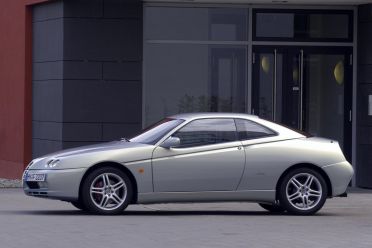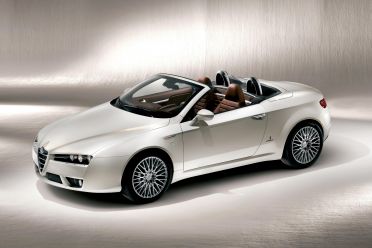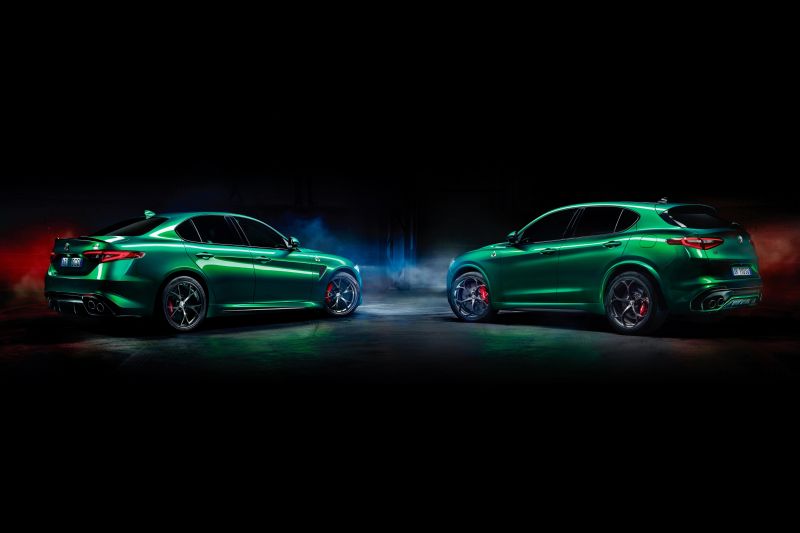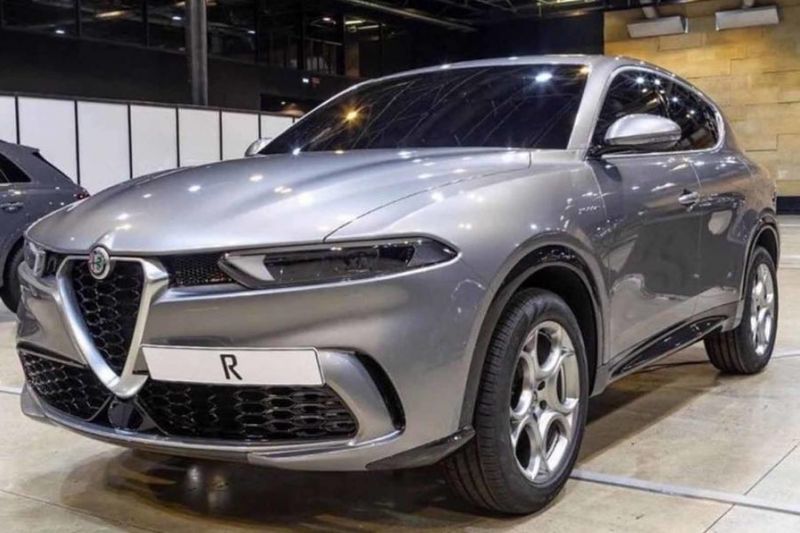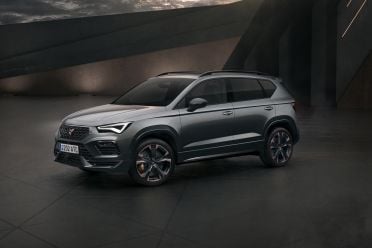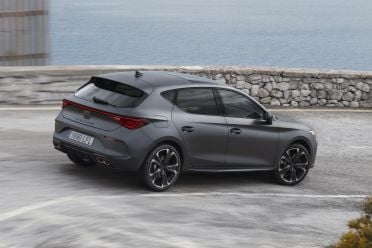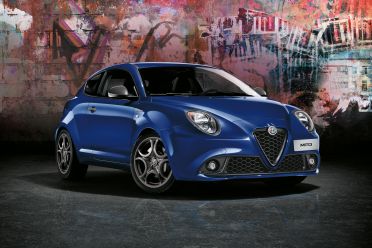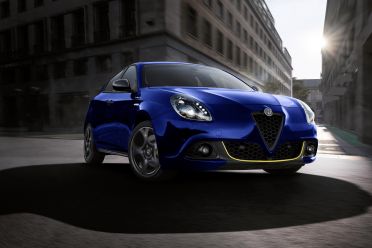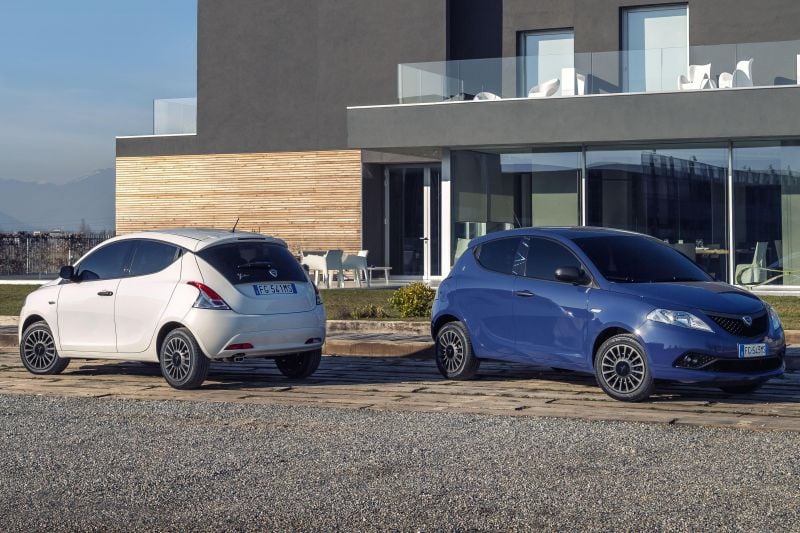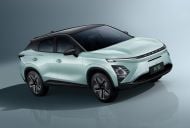An Alfa Romeo GTV revival is reportedly back on, with the Italian brand’s line-up set to expand further.
Autocar reports an all-electric GTV could head the Alfa Romeo line-up, which will also include a redesigned Giulia and Stelvio and potentially a convertible and a light hatchback.
The news coincides with reports the Volkswagen Group wanted to acquire the brand, which Alfa Romeo CEO Jean-Philippe Imparato now says “has the potential to be the global premium brand of Stellantis”.
The brand will reportedly strengthen its ties with Maserati, collaborating more closely in engineering and development activities and more closely aligning its sales and service operations, and will also use platforms shared with other Stellantis brands while maintaining its own Italian flair and dynamics.
“There’s no announcement at this stage, but [in] the GTV I’m very interested,” said Imparato.
The GTV could reportedly take the shape of a four-door coupe or five-door liftback to rival the Tesla Model 3 and BMW i4, or a retro-inspired two-door coupe.
Mild-hybrid, plug-in hybrid and all-electric powertrains have all been mooted.
Alfa Romeo had been planning a GTV revival while part of Fiat Chrysler Automobiles (FCA), which was expected to ride the Giulia’s Giorgio platform.
The company released a teaser image (above), and the revived GTV was said to offer 50/50 weight distribution, an electrified powertrain with over 447kW of power, a four-seat layout, and all-wheel drive with torque vectoring.
Though development was underway, then-FCA CEO Mike Manley said during an earnings call in 2019 – shortly after the FCA-PSA merger had been announced – that the sports coupe had been scuttled so the brand could focus on upcoming small SUVs.
A Spider convertible could also make a return, though executives say this model may only be on the table once the brand has reached “a certain level of economic performance”.
The last Alfa Romeo convertible was the Brera-based Spider, of which production ended in 2010. The Brera and its Spider sibling replaced the GTV and Spider, which ended production in 2004.
Though Alfa Romeo has discontinued its MiTo and Giulietta hatchbacks, which will be indirectly replaced with the upcoming Brennero and Tonale crossovers, respectively, a more direct MiTo successor is said to be under consideration.
Such a model would likely share its STLA Small platform with the Brennero and a Lancia Ypsilon replacement.
Though sales have reportedly failed to meet expectations, the Giulia and Stelvio are set to receive direct replacements.
Their Giorgio platform is set to be replaced with the STLA Large platform initially developed by Peugeot and also destined to underpin the next-generation Maserati Levante and Ghibli.
This can support mild-hybrid, plug-in hybrid and all-electric powertrains, the latter of which will offer up to 799km of electric range.
Alfa Romeo sales volume will be helped with the introduction of the Tonale, which will share the FCA Small Wide platform with the Jeep Compass.
That means it’ll be the only Alfa Romeo left by 2025 with an FCA-developed platform and the only Alfa that won’t have an all-electric option.
The Tonale’s introduction has been delayed to 2022 as Imparato has requested improved performance from its plug-in hybrid powertrain.
The smaller Brennero, in contrast, has been developed under the nascent Stellantis and will share its STLA Small (née CMP) platform with a wide range of models like the Peugeot 2008 and Citroen C4.
Like the 2008, it’ll also offer the option of an all-electric powertrain with 100kW of power, a 45kWh battery, and an electric range of around 321km.
Production is set to begin in 2023 at Stellantis’ Tychy, Poland plant, where it’ll be produced alongside replacements for the Fiat 500X and Jeep Renegade.
Alfa Romeo design will now be headed by Alejandro Mesonero-Romanos, the former head of design at Dacia and the man responsible for styling Seat models like the current-generation Leon, Arona, Ateca and Tarraco.
The former head of the Volkswagen Group wanted Alfa to join Seat as part of the company’s empire.
In 2018, before FCA merged with PSA, VW reached out to FCA “at the behest of Ferdinand Piëch” according to Autocar.
While he was no longer chairman of VW, he was still said to be pushing the company to acquire Alfa Romeo.
Piëch had long wanted the Italian brand to be part of the VW empire where he said it could flourish.
FCA CEO Mike Manley, however, told VW boss Herbert Diess that the brand wasn’t for sale.
In recent years, Alfa Romeo has seen its future model portfolio reduced.
First to be nixed was a BMW 5 Series-rivalling sedan that would have served as a latter-day successor to the Alfa Romeo 166.
This disappeared from FCA’s five-year plan in 2018 along with a larger SUV, but the real bloodbath was announced during the aforementioned earnings call in 2019.
An 8C successor, the GTV, and long-wheelbase versions of the Stelvio and Giulia were among the vehicles scuppered.
Any plans for MiTo and Giulietta replacements were also nixed.
Despite a dizzying number of brands in its portfolio, Stellantis is committed to revitalising brands that have struggled in recent years.
According to Autocar, Stellantis CEO Carlos Tavares said that each of the company’s 14 brands will be given a chance to flourish.
He said he will “give a chance to each of our brands, under the leadership of a strong CEO, to define their vision, build a roadmap and make sure they use the valuable assets of Stellantis to make their business case fly”.
Each brand has been handed a “time window of 10 years and [given] funding for 10 years to do a core model strategy”.
That even includes ailing Lancia, which sells only one model in one market: the Ypsilon light hatch, which is admittedly one of the best-selling cars in Italy.
Stellantis’ chief design officer, Jean-Pierre Ploué, has personally taken over as the head of Lancia’s design studio.





